Ertach Kernow - Tall tower deep roots, Probus church, schools and historic houses
A recent visit to Probus led me to thinking about its parish. Albeit fairly central in Cornwall it’s perhaps not particularly well known. Within the parish there are two settlements, Probus church town a sizeable village and Tresillian, which is smaller lying mainly in the adjoining parish of St Clement.
I love a good root around churches and churchyards looking for interesting burial monuments and enjoying the features of our many medieval Cornish churches. The church at Probus has the distinction of having the tallest church tower in Cornwall.
Probus had ecclesiastical origins, being named in early medieval Cornish records as Lanbrabois, the prefix ‘lan’ indicates an enclosure, usually a churchyard. The name of St Probus appears in a 10th century Vatican codex document. Suggestions are that the church site had early Celtic origins and that a monastic collegiate church was established here by King Æthelstan of Wessex around 930. Records show that prior to the Norman Conquest Lanbrabois was held by King Edward (the Confessor) himself rather than Canons on behalf of the church. By the time of Domesday in 1086 it was recorded as being held by the canons of Lanbrabois as tenants in chief to King William. Not a large settlement it consisted of three villagers, eight smallholders and five slaves with 20 cattle and 160 sheep along with twenty acres of meadows and eight ploughlands. It was worth two pounds.
Fairs were an important part of any medieval towns economic activities and Probus was granted four. These took place on April 5th and 23rd, July 5th and September 17th annually. The fairs first recorded from 1321 were large and included the sale of cattle, sheep and horses as well as all the other usual activities by merchants and customers.
Around 1140 the church was re-established as a collegiate church with five canons. One of the benefits of a collegiate church was the right of sanctuary, Probus was one of only five Cornish churches awarded this concession. However, this was short lived, and the college was closed by Bishop Briwere of Exeter in 1242, attaching Probus and St Grace's Church to the office of treasurer along with Devonshire’s Bishop's Nympton church.
It seems that Probus although not a large community would continue later as a place of learning within Cornwall. An 1814 description of education in Probus stated: ‘A grammar-school at Probus was founded by Mr. John Williams of Treworgy, in 1688, and endowed with a salary of 10/- per annum. This school was formerly one of the principal seminaries in Cornwall but in consequence of the smallness of the salary, it has not, of late, been kept up as a grammar-school ; but only for reading, writing, arithmetic, &c. There is another reading-school, endowed with the interest of 100/- by Mrs. Hawkins.’
Under the Elementary Education Act 1870 school boards were created in parishes and boroughs throughout England and Wales. Formerly having a collegiate church and a grammar school Probus was once again ahead of the educational game. A private boarding school was established by the Rev. D Trinder, opening in January 1853. This catered for middle class students as the cost was thirty guineas per annum. The education received by the boys attending the school at Probus was highly regarded. The first headmaster at the school was the Rev. J J Daniel author of the History of Cornwall first published in the 1850’s and was republished many times. The Rev. Trinder remained principle until 1871 and was then followed by the existing headmaster Rev. Richard Blackmore. He worked a total of 30 years at the school until his death in 1899 aged just 63. He was so well thought of that a stained-glass memorial window was created for him at Probus and St Grace's Church.
Additionally, a Sunday school was built by the Wesleyan Methodists in 1866, shortly afterwards becoming the daily board school in 1871. This was rebuilt in 1901 and by 1945 the school became a County primary school, now Probus Community Primary School.
As with most early communities there were landowning families that employed local people on their estates around which settlements grew. These landed families constructed houses, became benefactors to the church and left legacies that continue to benefit their communities today as well as being enjoyed by visitors. So, it is with Probus with the wonderful house and gardens at Trewithen. John Hawkins moved to Cornwall in 1554 and it was his descendent Philip Hawkins who purchased Trewithen in 1715, rebuilding the house and laying out the grounds. The house was further enhanced by his nephew Thomas to whom it passed, along with further extensive work on the gardens. In turn his son Christopher added to Trewithen as well as carrying out extensive works throughout Cornwall and was a patron to Richard Trevithick. Passing through heiresses the estate became owned by the Johnson and now Galsworthy descendants of the Hawkins. More recently some 30,000 trees have been planted adding to and replacing those destroyed in the 1990 storm. The Trewithen estate is extensive with a very diverse range of businesses and spread throughout Cornwall. It looks to the future helping sustain rare plants by propagating for sale varieties from within the estate as well as engaging with solar and wind renewable energy sources.
Another house close to Probus and part of the early estate of the historic Wolvedon family is the attractive small manor house at Golden. This retains many of its original Tudor features as well as the close by medieval barn, known as the chapel, thought by some to be amongst the finest examples of medieval hall buildings in Cornwall. The male Wolvedon family line died out in 1514 with the heiress marrying into the Tregians family, the original manor house being rebuilt at that time. During the Elizabethan period there was religious persecution on Catholic’s and their priests. It was on the Golden estate that the martyr Cuthbert Mayne was captured in 1577 whilst being harboured by Francis Tregian. Cuthbert Mayne was taken to Launceston where he was later executed for treason being hung, drawn and quartered. Relics of Mayne's body survive, St Cuthbert Mayne Roman Catholic church Launceston has a portion of his skull. He was beatified in 1886 and canonised in 1970 numerous places have churches and schools named in his memory. Francis Tregian remained in prison for 24 years before being released by King James I in 1601. He then travelled to live in Madrid on a pension provided by Spanish King Philip III. He died in 1608 and is buried in an upright tomb at the Church of Saint Roch in Lisbon.
Probus and St Grace's Church, is a Grade I listed building and well worth a visit. A chapel dedicated to St George had been constructed near the churchyard in 1447, there is no trace of this today. Construction of the church began in the late 15th century and the tower and north aisle begun around 1520 with one of its sponsors being the Tregians of Golden. The stone used was granite from St Stephens in Brannel and it rises to 120’ 10” and includes niches for statues, which are empty. Were statues ever placed in these or were they removed at some point? Restoration of the church was prompted by discovery of dry rot and carried out by George Edmund Street in 1850. As with many Victorian church restorations numerous defects and alterations were found leading to unblocking doors and windows, in this case improving the church, it reopened on 28 October 1851. There are several interesting memorials including to John Wolvedon and his wife dated 1512, Thomas Hawkins dated 1776 and a royal coat of arms to James II dated 1685. Many noteworthy carvings, painted panels including the Victorian chancel screen, made from medieval carved bench ends are of interest. On the way out consider the three-man village stocks and the shame of being held in them for misdemeanours. Perhaps an old punishment that would deter minor criminals today. Restoration to the tower was carried out between 1922 and 1923. The churchyard contains the chest tomb of Hawkins family members and is adorned by four figures dressed in Jacobean armour
Probus parish has a number of other historic buildings, sites and ruins including the Trelowthas Cross discovered in the 1940s at Trelowthas. Great Trelowthas was the site of one of the several medieval chapels recorded in the parish. There is a holy well building probably dating from 14th century though much restored as well as many other historic private buildings. This includes the Grade II ruins of Trehane House built in the early 18th century and destroyed by fire in 1946.
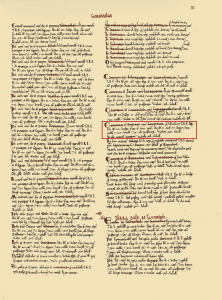
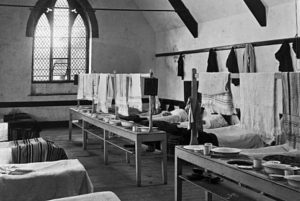
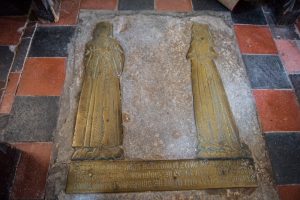
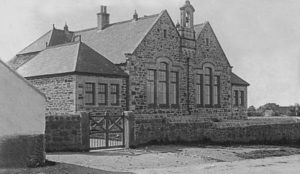
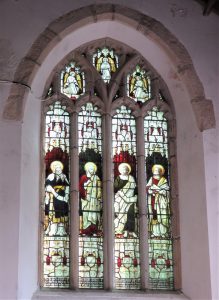
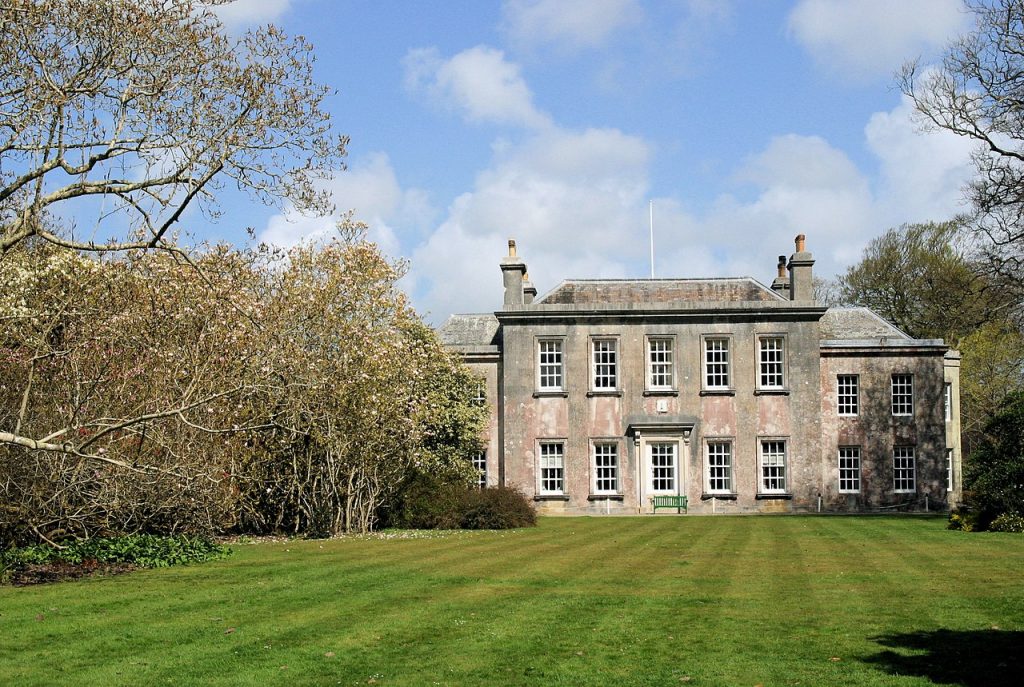
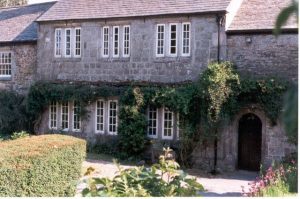
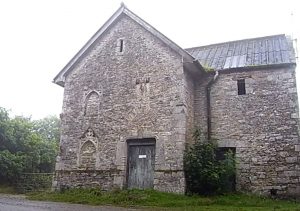
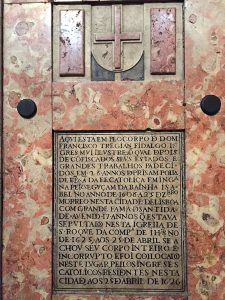
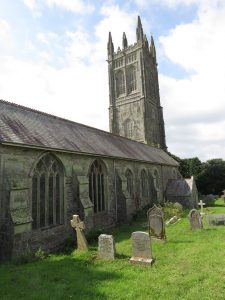
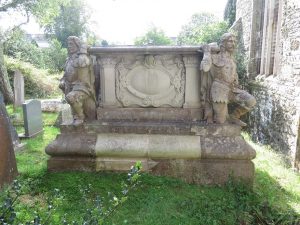
![[66] Voice - Ertach Kernow- 290921A - Tall tower deep roots, Probus [S] Ertach Kernow - Tall tower deep roots, Probus](https://www.cornwallheritage.com/wp-content/uploads/2021/10/66-Voice-Ertach-Kernow-290921A-Tall-tower-deep-roots-Probus-S-230x300.jpg)
![[66] Voice - Ertach Kernow- 290921B - Tall tower deep roots, Probus [S] Ertach Kernow - Tall tower deep roots, Probus](https://www.cornwallheritage.com/wp-content/uploads/2021/10/66-Voice-Ertach-Kernow-290921B-Tall-tower-deep-roots-Probus-S-234x300.jpg)
![[66] Ertach Kernow Heritage Column - 29 September 2021 - Heritage Open Days Success 29 September 2021 - Heritage Open Days Success](https://www.cornwallheritage.com/wp-content/uploads/2021/10/66-Ertach-Kernow-Heritage-Column-29-September-2021-Heritage-Open-Days-Success-280x300.jpg)